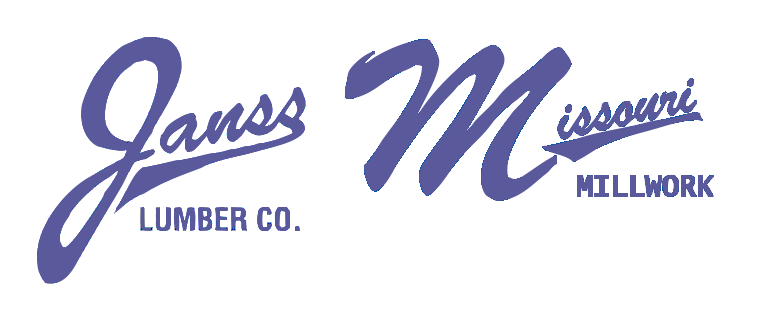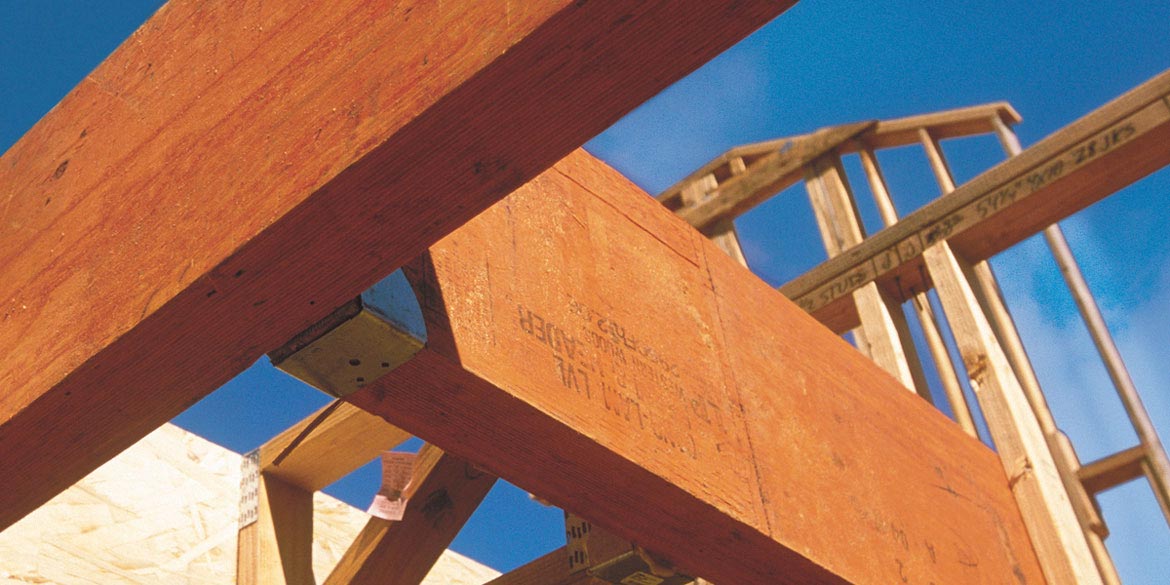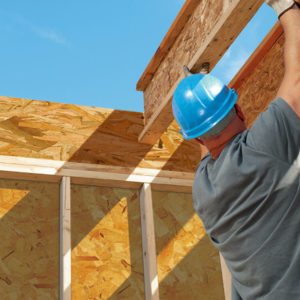LVL Laminated Veneer Lumber
Laminated veneer lumber
(LVL) is uses multiple layers of thin wood assembled with adhesives. Yypically used for headers, beams, rimboard, and edge-forming material. LVL offers several advantages over typical milled lumber.
Description
Laminated veneer lumber
(LVL) is an engineered wood product that uses multiple layers of thin wood assembled with adhesives. It is typically used for headers, beams, rimboard, and edge-forming material. LVL offers several advantages over typical milled lumber: Made in a factory under controlled specifications, it is stronger, straighter, and more uniform. Due to its composite nature, it is much less likely than conventional lumber to warp, twist, bow, or shrink. LVL is a type of structural composite lumber, comparable to Glued laminated timber(Gluelam) but with a higher allowable stress.
Use
Because it is specifically sized to be compatible with I-joist floor framing, residential builders and building designers like the combination of I-joist and LVL floor and roof assemblies. LVL is considered to be a highly reliable building material that provides many of the same attributes associated with large sized timbers. LVL can also be used in combination with gluelam as an outer gluelam tension lam to increase the strength of the gluelam beam. However, due to the fact that the assembly adhesives limit the penetration of chemicals typically used to treat outdoor-rated lumber, LVL may not be suitable for outdoor load-bearing use. A deck built using pressure-treated LVL collapsed due to internal rotting of the twelve-year-old LVL components, although the LVL beams had passed regular visual inspections. The breakdown of LVL end uses in North America is 33% new single family residential construction, 25% residential renovations and upkeep, 8% new non-residential construction and 34% manufacturing furniture and other products.


